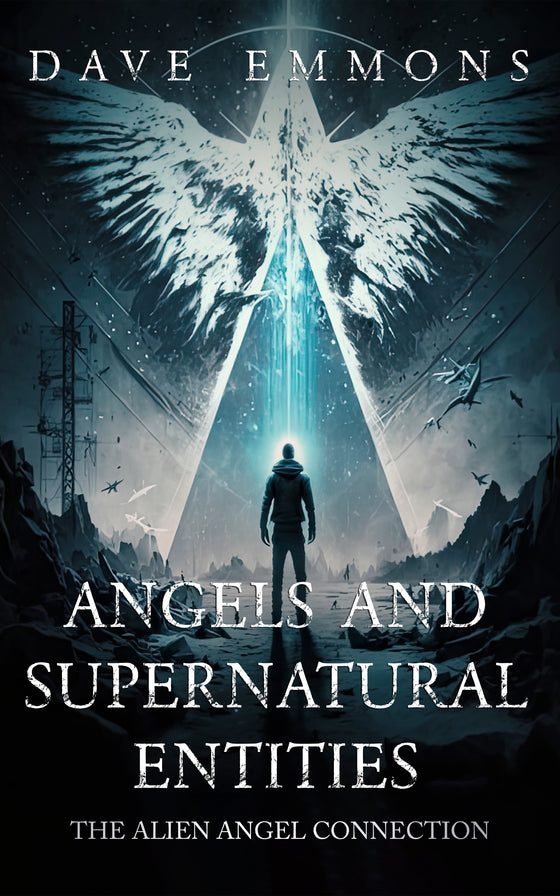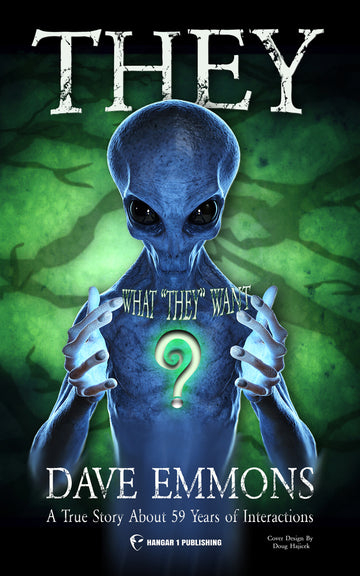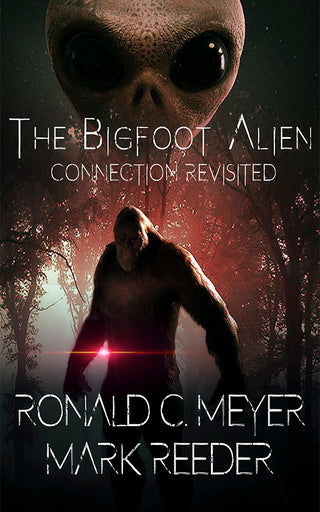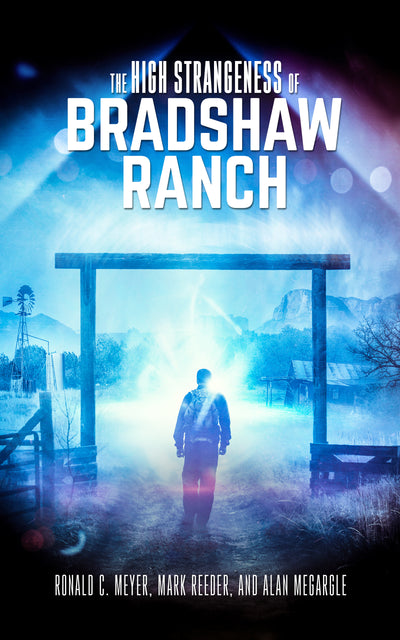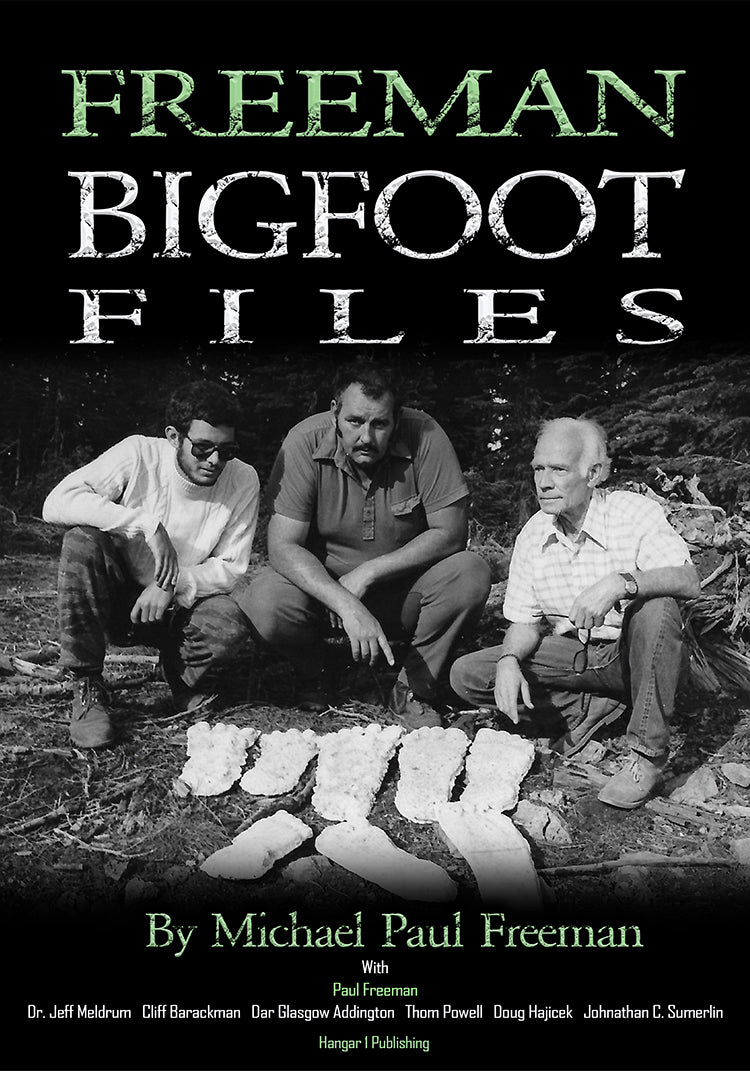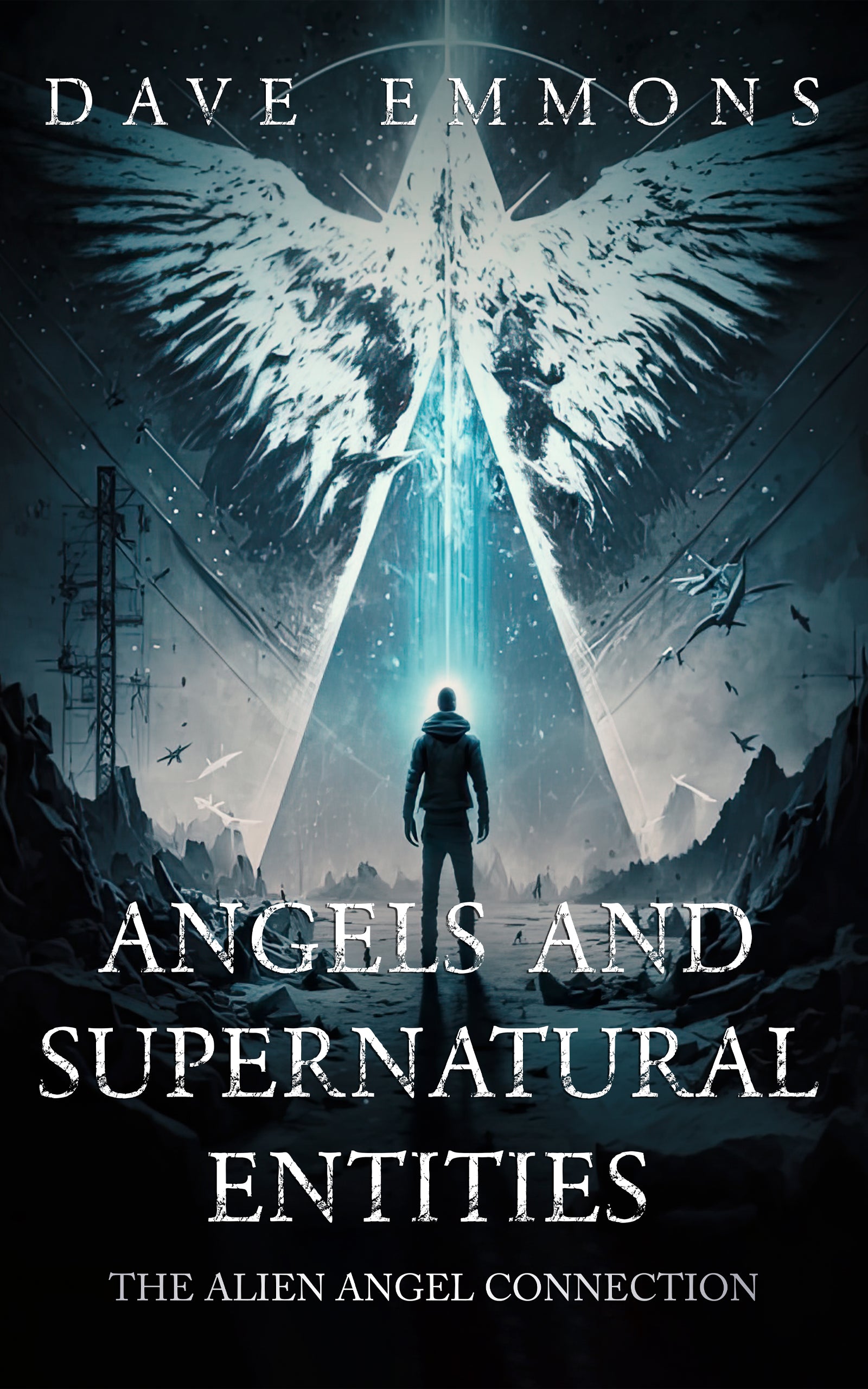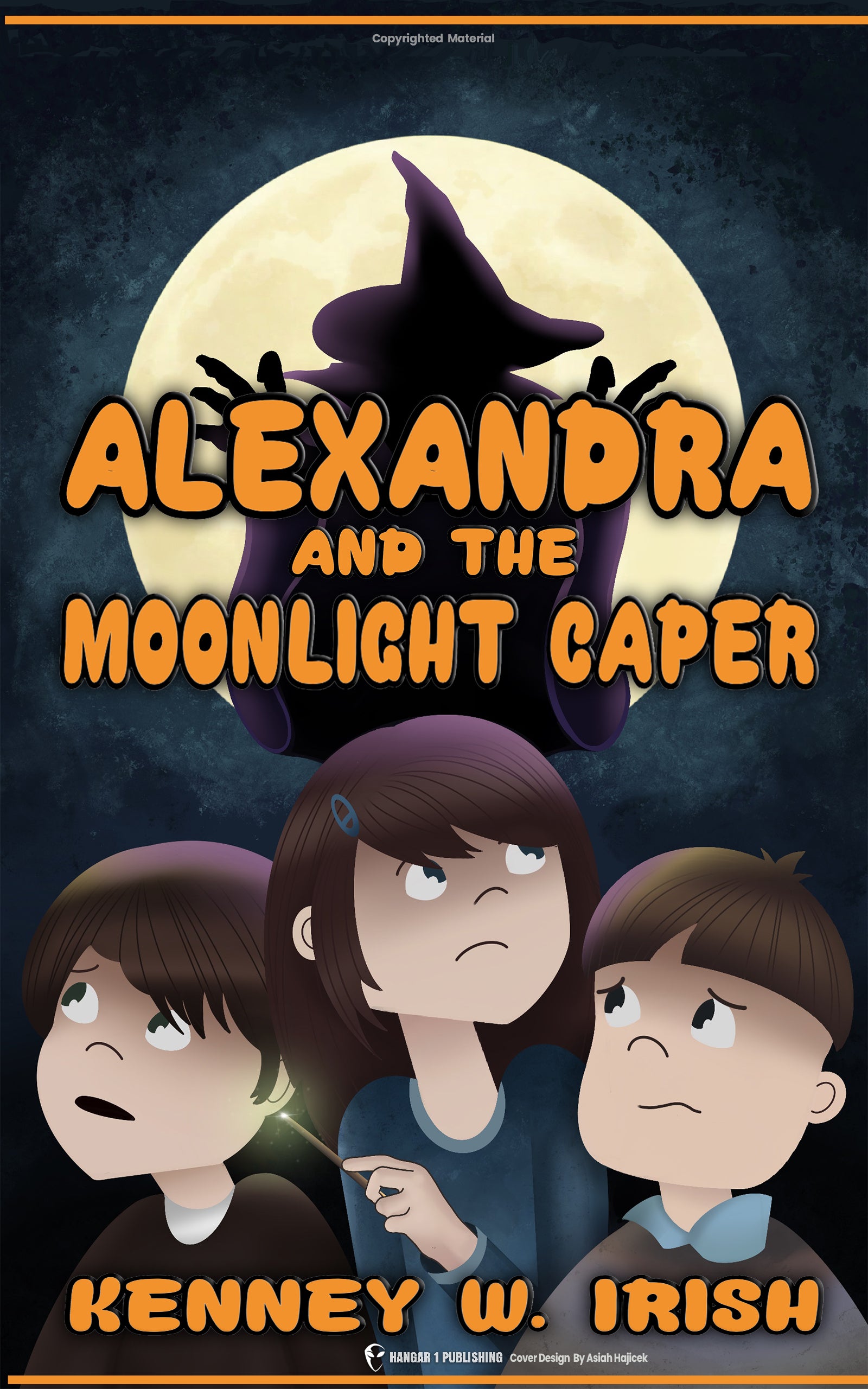Decoding Hugh Everett’s Many-Worlds Theory
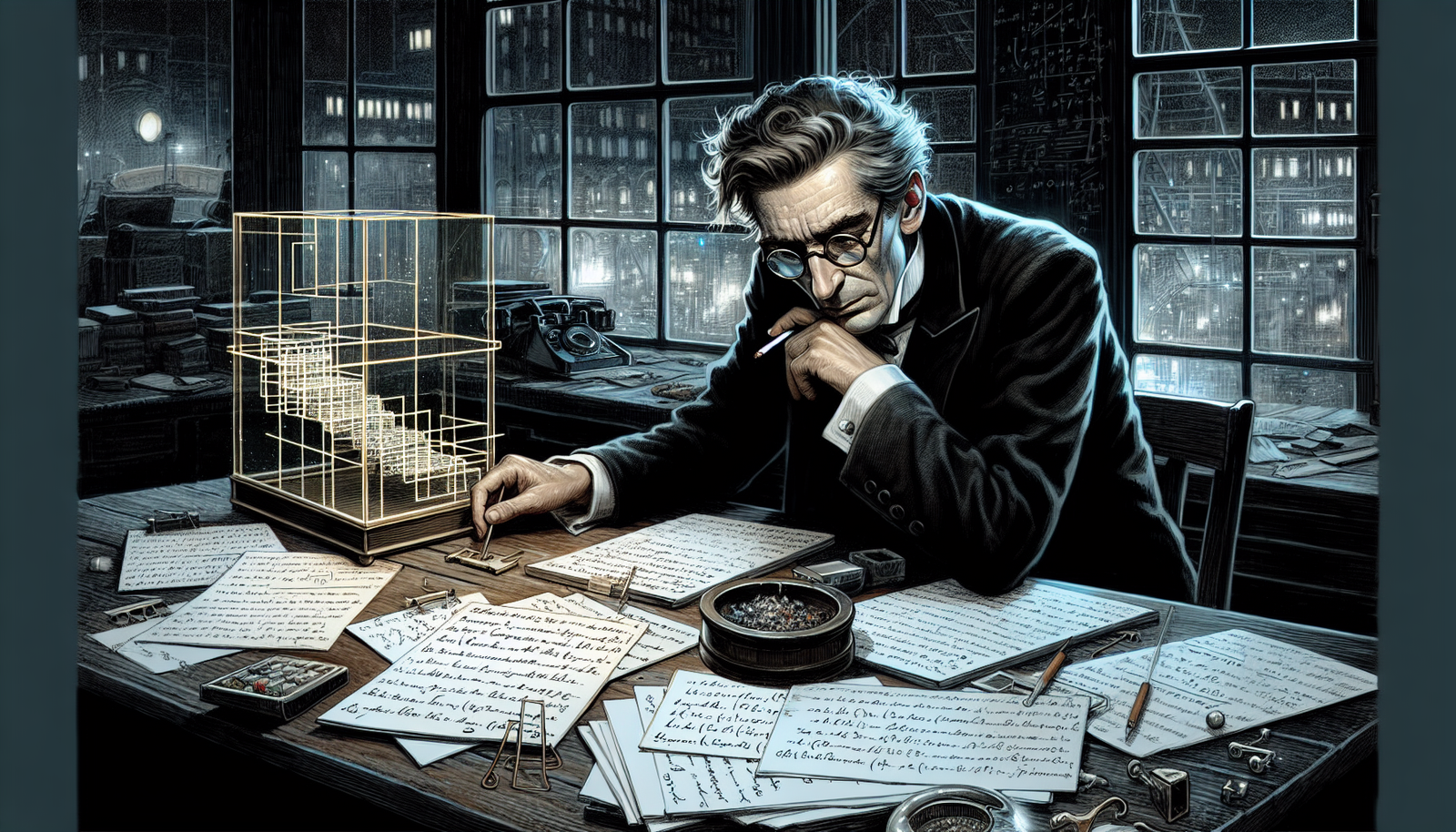
By Malcolm Blackwood, Ufologist
It’s the kind of origin story that sounds almost too perfect, perhaps even apocryphal, yet by all accounts, true. One evening in 1954, amidst the hallowed halls of Princeton University, a discussion sparked between graduate students, liberally lubricated by sherry. Out of this seemingly ordinary academic bull session emerged an idea so audacious, so fundamentally challenging to our perception of reality, that physics is still grappling with its implications nearly seven decades later. The student behind it was Hugh Everett III, a name perhaps less familiar than Bohr or Einstein, yet the architect of a concept that resonates from the core of quantum mechanics to the speculative realms of science fiction: the Many-Worlds Interpretation.
Everett wasn't just the progenitor of parallel universes; he was a man of profound contradictions. A mathematical prodigy who dared to question the giants of physics, he later pivoted to become a high-level defense strategist, planning nuclear annihilation scenarios during the Cold War's iciest moments. He was a chain-smoking alcoholic, an emotionally distant father, and yet, the mind that conceived of a reality constantly, infinitely branching outward. Understanding his Many-Worlds theory requires not only grasping the strange rules of the quantum realm but also appreciating the complex, often troubled, life of the man who proposed it. What if every quantum choice, every probabilistic flicker, didn't just represent a potential outcome, but an actual one, realised in a newly minted universe? This wasn't just a thought experiment; for Everett, it was the logical conclusion of taking quantum mechanics seriously. Today, his ideas echo in discussions of quantum computing, the very nature of time, and the ultimate fate of the cosmos. Let's decode the theory and the man behind this staggering vision.
The Quantum Puzzle Before Everett
Before Everett threw his intellectual gauntlet down, quantum mechanics was already giving physicists sleepless nights. The subatomic world, they were discovering, played by rules utterly alien to our everyday intuition. Concepts like superposition were head-scratchers – the idea that a particle, like an electron, doesn't have a definite state (say, a specific location or spin) until you measure it. Instead, it exists in a kind of probabilistic haze, a "superposition" of all its possible states simultaneously. To describe this, physicists used a mathematical tool called the wave function, essentially a catalog of all possibilities and their associated likelihoods.
The most famous illustration of this quantum weirdness is, of course, Erwin Schrödinger's unfortunate cat. Locked in a box with a radioactive atom, a detector, and a vial of poison, the cat's fate hinges on whether the atom decays. According to quantum rules, until someone opens the box and looks, the atom is in a superposition of both decayed and not decayed. Consequently, the cat is described by a wave function representing a superposition of both alive and dead. This seemed patently absurd, a direct conflict with our experience of a world where cats are definitively one or the other.
The Copenhagen Interpretation: A Working, Yet Troubled, Solution
To bridge this gap between fuzzy quantum possibilities and concrete classical reality, the titans of the field – Niels Bohr, Werner Heisenberg, John von Neumann, among others – formulated what became known as the "Copenhagen Interpretation." It became the orthodox view, the one drilled into generations of physics students. Its central idea was the "collapse of the wave function." When a measurement is made, the Copenhagenists argued, the superposition mysteriously vanishes, and the wave function instantaneously "collapses" into just one of the possibilities, seemingly chosen at random according to the probabilities baked into the wave function. The act of observation, performed by a "classical" observer somehow separate from the quantum system, was seen as the trigger for this collapse.
But this interpretation felt... unsatisfying. It was like saying the magic happens, but we don't know how or why. What exactly counts as a measurement? Does a Geiger counter count? An ant? Does consciousness play a role? And why should the elegant, deterministic evolution described by Erwin Schrödinger's fundamental equation suddenly break down during measurement, introducing randomness and discontinuity? The Copenhagen interpretation provided a working framework – it allowed physicists to make incredibly accurate predictions – but it left deep foundational questions unanswered. The prevailing attitude often became "shut up and calculate," a pragmatic but philosophically frustrating stance. Hugh Everett wasn't willing to just shut up.
Everett's Radical Idea: No Collapse, Just Branching
Hugh Everett looked at the Schrödinger equation, the bedrock mathematical description of how quantum systems evolve, and saw something elegant, continuous, and entirely deterministic. There was no term for "collapse," no instruction for possibilities to simply vanish when observed. His radical move was to take the equation at face value, to assume it applied universally, without exception, to everything – electrons, cats, measuring devices, even the observers themselves. What if, he pondered, the wave function never collapses?
The Relative State and the Universal Wave Function
This led him to formulate what he initially called the "relative state" interpretation. Instead of an observer standing outside the quantum system and forcing a collapse, Everett brought the observer in. The complete system – observer plus observed object – could be described by a single, all-encompassing "Universal Wave Function." In this view, the state of any part of the system is defined only relative to the state of the other parts.
Let's revisit Schrödinger's cat through Everett's eyes. When the observer opens the box, the combined system of observer-cat-device evolves according to the Schrödinger equation. If the cat was initially in a superposition of alive and dead, the entire system evolves into a grander superposition: one part representing a live cat correlated with an observer who sees a live cat, and another part representing a dead cat correlated with an observer who sees a dead cat. Both outcomes are present in the universal wave function.
The Birth of Many Worlds
So, where does our perception of a single outcome come from? Everett's startling conclusion was that both outcomes actually happen. The act of measurement, or more generally, any interaction that creates correlations between systems, causes the universal wave function to "branch." The universe effectively splits, creating separate realities for each possible outcome. In one branch, you observe the live cat; in another, an equally real version of you observes the dead cat. Each branch evolves independently, unaware of the others.
In an early draft of his thesis, Everett used a wonderfully vivid, if slightly unsettling, analogy: an intelligent amoeba constantly splitting. Each resulting daughter amoeba would share the parent's memories up to the split, but then embark on its own unique history. Our lives, Everett implied, aren't singular lifelines but branching "life trees." This was too much for his advisor, John Wheeler, who found the metaphor too "blatant." The term "Many-Worlds Interpretation," which stuck fast despite Everett's own preference for "relative state," was actually coined later by physicist Bryce DeWitt. Everett’s core achievement was deriving this seemingly fantastical picture directly from the existing mathematics of quantum mechanics, without adding the ad hoc collapse postulate that troubled him and others about the Copenhagen view. The price of this mathematical purity and deterministic elegance was, quite literally, a near-infinity of unseen worlds.
The Initial Reception and Everett's Departure
Presenting such a radical departure from the established Copenhagen view, championed by the formidable Niels Bohr, was always going to be an uphill battle for a young graduate student. Everett's ideas were met with skepticism, confusion, and outright dismissal. Richard Feynman reportedly thought it was "ludicrous." The physics establishment, comfortable with the pragmatic success of the Copenhagen interpretation, wasn't eager to embrace a theory that multiplied universes with every quantum event.
The dynamic with his advisor, John Wheeler, was particularly complex. Wheeler, a brilliant physicist in his own right and a former student of Bohr's, recognized Everett's genius and was personally supportive. However, he was also deeply loyal to Bohr and hesitant to directly challenge the Copenhagen orthodoxy. When Wheeler took an early, expansive draft of Everett's thesis to Copenhagen in 1956, the reception was frosty. Bohr and his associates found the concept difficult to stomach, particularly the idea of "splitting" observers and the seeming abandonment of a clear boundary between the quantum and classical worlds. Wheeler wrote back to Everett, reporting on "long and strong discussions" and noting that while the "beautiful wave function formalism" was sound, the "real issue is the words that are to be attached to the quantities."
Under pressure, Wheeler guided Everett to drastically shorten his thesis. Gone were the extended philosophical arguments, the direct critiques of Copenhagen, and the vivid amoeba analogy. The focus shifted towards the mathematical formalism and potential applications, like quantum cosmology, areas less likely to ruffle feathers. The resulting published paper, "'Relative State' Formulation of Quantum Mechanics," which appeared in Reviews of Modern Physics in 1957 alongside a cautiously supportive companion piece by Wheeler, was a shadow of Everett's original vision. Despite Everett managing to slip the word "splitting" into a footnote, the paper largely faded into obscurity. Faced with this underwhelming reception and the looming threat of the military draft, Everett made a life-altering decision. He walked away from theoretical physics and the academic world that seemed unprepared for his revolutionary ideas.
From Multiverse to MAD: Everett's Cold War Career
Leaving the quantum labyrinth behind, Everett stepped into an entirely different, yet equally complex and high-stakes world: the Pentagon during the Cold War. He joined the Weapons Systems Evaluation Group (WSEG), a top-secret think tank employing brilliant minds to analyze the terrifying calculus of nuclear war. It's a jarring transition – from contemplating infinite parallel universes governed by pure wave mechanics to calculating radioactive fallout patterns and optimizing hydrogen bomb targets.
At WSEG, Everett applied his formidable mathematical prowess to the chilling realities of potential nuclear conflict. He analyzed kill ratios, studied the effects of nuclear blasts, and reportedly even developed software for the first Single Integrated Operating Plan (SIOP), the blueprint for American nuclear warfare. He co-authored WSEG Report 50, a highly influential (and still classified) document that, according to colleagues like George Pugh, provided the analytical backbone for military strategies operative for decades, including the grim concept of Mutually Assured Destruction (MAD).
The irony is almost overwhelming. The man whose theory implied that every possibility is realized somewhere, somehow, dedicated years to modeling and planning for the ultimate destructive outcome in our singular-seeming branch of reality. Yet, there's a fascinating counter-narrative, proposed by physicist Max Tegmark among others. Could Everett's work, by starkly illuminating the catastrophic global consequences of fallout from any nuclear exchange, have actually reinforced the logic of MAD? Did his models, showing the unwinnable horror, paradoxically help steer our world, and potentially countless others across the multiverse, away from the brink of nuclear annihilation? It’s a speculative but compelling thought – the architect of Many-Worlds inadvertently shaping the destiny of at least one.
Beyond Physics: Computer Science and Personal Struggles
Everett's talents weren't confined to physics or defense. He was also a pioneer in the nascent field of computer science, credited with developing concepts fundamental to relational databases and creating an early word-processing program. His mind was clearly restless, constantly seeking complex problems to solve, regardless of the domain.
Beneath the surface of intellectual brilliance and professional success, however, lay profound personal struggles. Everett was, by numerous accounts, a heavy drinker and smoker, habits that ultimately contributed to his early death. Friends and family described him as emotionally detached, a "lump of furniture," particularly in his role as a husband and father. His son, Mark Oliver Everett, future frontman of the rock band Eels, has spoken and written extensively about the emotional distance and sadness that marked their relationship. Finding his father's lifeless body at age 51, Mark realized with a shock that he had no memory of ever having physically touched him before.
This personal coldness seemed intertwined with a certain philosophical stance. Colleagues noted his "cold, brutal logic" and a kind of "extreme solipsism." This detachment, combined with a reported history of infidelity and a lifestyle pushing hedonistic boundaries, painted a picture of a deeply complex and troubled individual. The tragedy wasn't confined to him; it rippled through his family. His daughter, Elizabeth, who also struggled with personal demons including alcoholism, tragically took her own life years after his death. In her purse was a note expressing her intention to join her father in another universe – a heartbreaking, chilling final echo of the theory that defined his scientific legacy.
The Revival of Many-Worlds: DeWitt and Decoherence
For over a decade, Everett's "relative state" formulation languished, a peculiar footnote in the annals of quantum theory. Then, starting in the late 1960s, the tide began to turn. A key figure in this revival was physicist Bryce DeWitt. Initially skeptical, DeWitt had questioned Everett directly, famously asking why we don't feel the universe splitting. Everett's sharp retort – comparing it to not feeling the Earth move around the Sun – apparently planted a seed.
DeWitt wrestled with the implications and eventually became the theory's most ardent champion. He saw its profound elegance: it explained quantum measurement without invoking the arbitrary collapse postulate, simply by following the Schrödinger equation to its logical conclusion. DeWitt was instrumental in bringing Everett's ideas to a wider audience. He published influential articles, including a notable piece in Physics Today in 1970, and edited a crucial 1973 collection of papers titled, with unapologetic boldness, The Many-Worlds Interpretation of Quantum Mechanics. This volume finally published the full, unexpurgated version of Everett's original thesis and DeWitt’s catchy, evocative name – Many-Worlds – stuck, embedding itself in both physics and popular culture.
The Role of Decoherence
Simultaneously, another crucial piece of the puzzle was falling into place: the theory of quantum decoherence. Developed through the 1970s and 80s by physicists like H. Dieter Zeh and Wojciech Zurek, decoherence provided a physical mechanism to explain why the branches of the universal wave function become distinct and why we experience a seemingly classical world, even if the underlying reality is a vast quantum superposition. Essentially, interactions between a quantum system and its surrounding environment rapidly scramble the delicate quantum correlations (the "coherence") needed for different branches to interfere. The information leaks out, effectively isolating each branch. While Everett didn't use the term, Peter Byrne’s research, confirmed by figures like Zeh himself, suggests Everett's work already contained the core ideas of this process, which he termed "quantum correlation." Decoherence offered a compelling answer to the "preferred basis problem" – why does the universe split along the lines we observe (e.g., live cat vs. dead cat) rather than some other arbitrary quantum division? Because interactions with the environment naturally select for stable, classical-like states.
With DeWitt's advocacy and the explanatory power of decoherence, the MWI gained significant momentum. It found fertile ground among quantum cosmologists, who needed a way to describe the entire universe quantum mechanically without resorting to an external observer (after all, what's outside the universe?). It also resonated within the burgeoning fields of quantum information and quantum computing. The idea of a quantum computer performing calculations in parallel seemed almost like a tangible manifestation of Everett's branching worlds, as championed by David Deutsch, a pioneer in the field and a strong MWI proponent. While still facing skepticism and debate, the MWI transitioned from a fringe, "crazy" idea to a legitimate, mainstream interpretation of quantum mechanics, perhaps second only to Copenhagen in adherents among working physicists.
Philosophical Implications and Ongoing Debates
The Many-Worlds Interpretation doesn't just redraw the map of reality; it forces us to confront profound philosophical questions that shake the foundations of our understanding of ourselves and the universe. If Everett is right, what does it truly mean to make a choice, to experience probability, or even to be "you"?
Probability in a Deterministic Multiverse
Perhaps the most immediate challenge is probability. Quantum mechanics is inherently probabilistic – the Born rule tells us the likelihood of specific outcomes. But if MWI is deterministic, and all outcomes happen with certainty in some branch, where does probability fit in? How can we talk about a 30% chance of outcome A if both outcome A and outcome B (with 70% chance) are guaranteed to occur? This "incoherence problem" has spawned a vast literature. One approach, championed by Lev Vaidman, focuses on "post-measurement uncertainty." Imagine taking a sleeping pill before a quantum experiment; you wake up in one of two rooms depending on the outcome, but before opening your eyes, you are ignorant of which room (which branch) you're in. Vaidman argues you can meaningfully assign a subjective probability based on the "measure of existence" (proportional to the square of the wave function's amplitude) of the world you find yourself in. This leads to a "Behavior Principle": we should care about our future selves in different branches in proportion to their measure of existence. Others, like David Deutsch and David Wallace, have used decision theory, arguing that rational agents betting on outcomes within the MWI framework would naturally converge on the Born rule probabilities, based on symmetry arguments. These derivations remain heavily debated, with critics questioning assumptions about rationality or whether the concept of a pre-measurement "I" making a bet is even coherent if that "I" will inevitably split.
Personal Identity in a Branching Reality
Then there's the dizzying question of personal identity. If the universe splits with every quantum interaction, creating countless copies of you living out every possible variation of your life, which one is the "real" you? Are they all you? Derek Parfit's philosophical explorations of "fission" (splitting persons) suggest that identity might be a one-to-one relation, implying that splitting means the original "you" ceases to exist. The MWI seems to paint a picture, as physicist Sean Carroll suggests, of a person's life not as a single line, but a constantly branching tree, like a splitting amoeba. Some, like philosopher Daniel Dennett, argue the "self" is a useful fiction anyway, an abstract center of narrative gravity. Vaidman suggests "I" refers only to the specific consciousness in this branch at this moment, connected to a unique past but a multitude of potential future selves. The implications are staggering. The famous "quantum suicide" thought experiment pushes this to the extreme: if you play Russian roulette with a quantum trigger, one version of "you" is guaranteed to survive and win infinite riches, even as countless other versions perish. Should a believer play? The Behavior Principle, based on the measure of existence, suggests no – the measure of worlds where you die would vastly outweigh the measure of the world where you live richly.
Objections and Counterarguments
Objections abound. Critics often wield Ockham's Razor, arguing the MWI postulates an extravagant, unobservable multitude of worlds merely to avoid wave function collapse. Proponents counter that MWI is more parsimonious in its laws, sticking solely to the Schrödinger equation without adding the ad hoc collapse mechanism. The "preferred basis" problem – why these worlds? – is largely addressed by decoherence, which shows how interactions naturally single out stable, classical-looking branches. A deeper concern, raised by thinkers like Tim Maudlin, is whether the abstract, high-dimensional universal wave function can truly be considered the complete ontology, or if something more concrete, perhaps related to densities in 3D space, is needed to ground our perceived reality. MWI asks us to accept a reality far stranger than our senses suggest, replacing concrete facts with a superposition of all possibilities, potentially challenging the very notion of a coherent, experienceable self.
The Enduring Legacy of Hugh Everett III
Hugh Everett III left behind a legacy far more intricate and branching than even his own theory might have initially suggested. His core scientific contribution, the Many-Worlds Interpretation, has journeyed from the fringes of theoretical physics to become a central topic in discussions about quantum foundations, cosmology, and the future of computation. While initially ignored, his insistence on the universal applicability of the Schrödinger equation and his questioning of the observer's special role proved remarkably prescient. The subsequent development of decoherence theory provided the missing mechanism, lending powerful support to his framework.
Beyond the quantum realm, his sharp mathematical mind left its mark on Cold War defense strategy, potentially influencing the doctrine of Mutually Assured Destruction, and on the early development of computer science with concepts like relational databases. These practical applications stand in stark, almost surreal, contrast to the mind-bending abstraction of his multiverse theory.
His personal life adds another layer of complexity – a story of immense intellectual gifts intertwined with profound personal struggles and tragic consequences for his family. The image of his daughter seeking to join him in another universe is an indelible, heartbreaking postscript to his life and work.
Even culture has taken notice, with his story inspiring works like the Swedish musical, demonstrating that the quest to understand the fundamental nature of reality, even through seemingly esoteric theories, holds a deep fascination. Everett's legacy isn't just about parallel universes; it's about the courage to challenge orthodoxy, the unexpected intersections of abstract thought and real-world consequences, and the enduring human quest to make sense of a universe that consistently proves stranger and more wonderful than we can easily comprehend. He offered not a final answer, perhaps, but a radical, enduring question about the very fabric of existence.
From Bigfoot to UFOs: Hangar 1 Publishing Has You Covered!
Explore Untold Stories: Venture into the world of UFOs, cryptids, Bigfoot, and beyond. Every story is a journey into the extraordinary.
Immersive Book Technology: Experience real videos, sights, and sounds within our books. Its not just reading; its an adventure.








